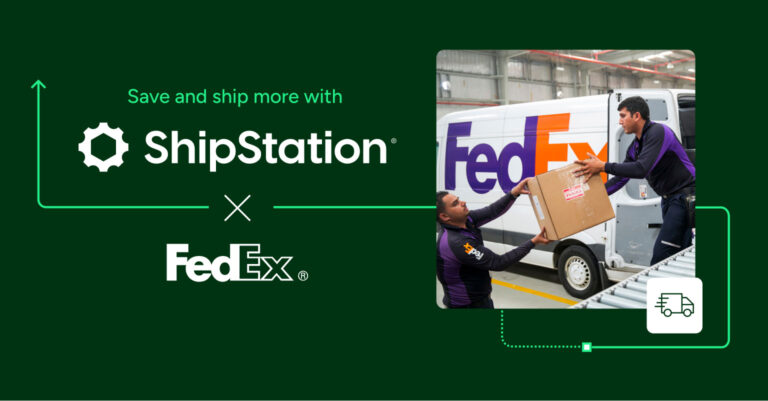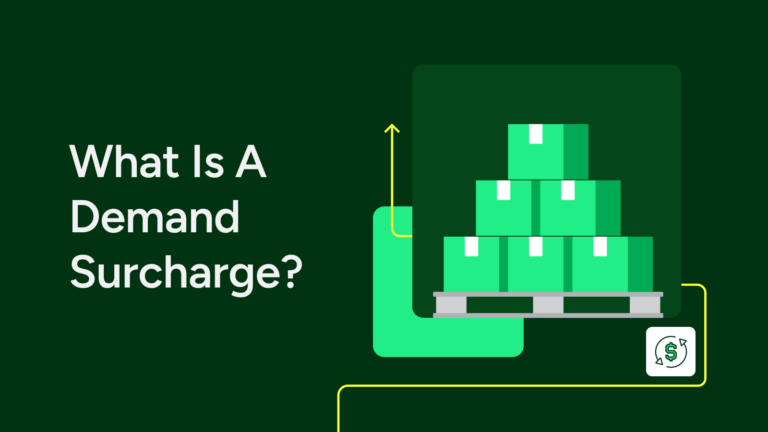Shipping Software vs Shipping API: Which is right for my business?

Why should I use a shipping platform?
Both a  and a
and a  have the same end goal: creating shipping labels. It lets you avoid going into a carrier’s website/app to print your shipping labels. This can be a manual and tedious process that consumes far more time than necessary. Instead of copy/pasting or retyping order info into the carriers’ different platforms, make the carriers them to you!
have the same end goal: creating shipping labels. It lets you avoid going into a carrier’s website/app to print your shipping labels. This can be a manual and tedious process that consumes far more time than necessary. Instead of copy/pasting or retyping order info into the carriers’ different platforms, make the carriers them to you!
What is the difference between them?
Yes, shipping softwares, such as ShipStation, and shipping APIs, like ShipEngine, create shipping labels. They differ, though, in how they accomplish this. They each solve this problem in vastly different ways.
Shipping Software:
A shipping software lets you connect your selling channels and your carrier accounts into a single location where you can organize and manage your orders in a single place and create shipping labels.
Features unique to a Shipping Software:
Selling Channel Integrations: Shipping channel integrations are most commonly associated with a shipping software. Since a shipping API exists to add shipping functionality into an existing platform, your selling channels may not be able to be integrated using it. Check to make sure such a workflow is supported. Here’s an example of where ShipEngine’s documentation references connecting order sources.
A User Interface: While a shipping software may be built with the framework of a shipping API, it will have a user interface, which is where you will work.
Shipping API
A shipping API doesn’t have an interface beyond its login portal (where you can connect carriers and view reports). A shipping API connects to your existing website or order management system to incorporate carriers’ shipping features into your existing workflow.
Features unique to a Shipping API:
No User Interface: Since a shipping API allows you to build shipping functionality into an existing application, there is no need to provide a user interface in the same way that a shipping software would.
More Customer-Facing Customization: Since a shipping API is a highly customizable solution for shipping, you can apply its functionality in a number of ways. For instance, you can build seller-side rates into your app using a shipping API.
How are they similar?
A shipping API and a shipping software are similar in that they both accomplish the same core task: creating shipping labels. However, a great shipping platform doesn’t stop there. There are many more features available beyond this core functionality.
Carrier Relationships: Because of the unique space that shipping platforms work in, they can build very close partnerships with carriers. Through these close partnerships, you can usually access discounted shipping rates simply by signing up. For instance, ShipStation and ShipEngine both offer discounted rates for Stamps.com, DHL, and FedEx simply by signing up.
Carrier Features: Both a shipping software and a shipping API let you access carrier features like end of day manifesting, return labels, address validation. All with a quick and easy connection process.
What does it take to get set up on each?
Setting up a shipping software
A shipping software usually only takes a few minutes to set up. However, getting familiar with it can take a little while. Since you will be creating a new workflow around a shipping software’s functionality, it can take a little time to get fully up and running with a new system.
Setting up a Shipping API
A shipping API requires a developer to set up. Through SDKs (Software Development Kits) and robust developer guides, and intuitive carrier connection modals, the build time is cut down significantly. But once it’s up and running, it can take no time to master.
Who typically uses each system?
Shipping Software
A shipping software can be used by merchants of all sizes. If you have 5 shipments a week or 50,000, a shipping software can offer you the same timesaving advantages.
Shipping API
A shipping API, however, is typically used by larger merchants. It can be an involved setup process and requires you to incorporate into compatible platforms. For instance, many selling channels such as eBay or Amazon wouldn’t allow you to incorporate a shipping API into their platform.
How do I Choose the Best Shipping Software or Shipping API?
We’ve compiled two guides to help make the right decision on shipping technology for your business. Discover How to Choose the Best Shipping Software or How to Choose the Best Shipping API today.



